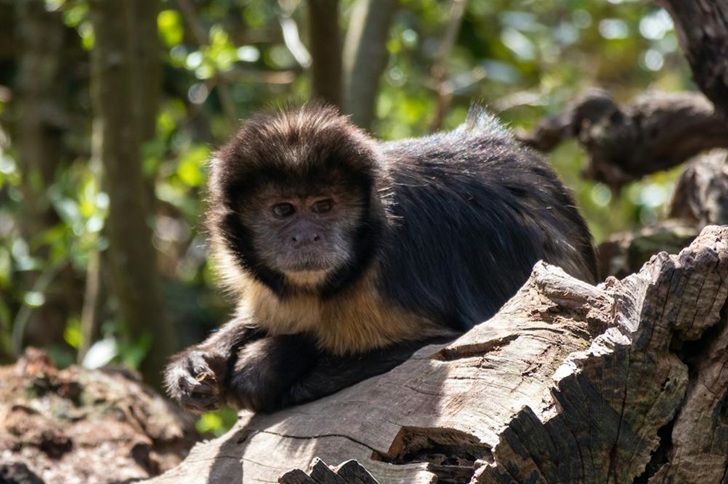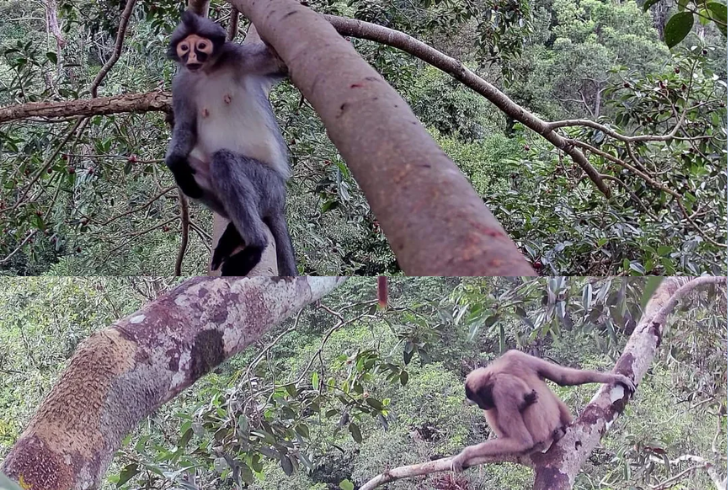High above the forest floor in Malaysian Borneo, two massive fig trees became the stage for a rare wildlife spectacle. In late June, conservation teams scaled their towering branches to place 16 camera traps, hoping to capture life in the canopy. The result was more than 10,000 images of tree-dwelling animals in their natural rhythm.
The footage showed a feast in progress. Critically endangered Bornean orangutans and helmeted hornbills appeared alongside binturongs, gibbons, flying squirrels, and several species of leaf monkeys.
For many, this was the first time such gatherings had been seen without the need for long, uncomfortable hours of human observation below.

Leon | Pexels | Conservationists are planting fig trees in four reforestation zones to reconnect animal corridors that plantations have disrupted.
Shavez Cheema, founder of 1StopBorneo Wildlife, described a moment when three different primates — the red leaf monkey, a gibbon, and the rarely seen Sabah gray leaf monkey — appeared together in one frame.
After nearly a decade of research in the park, the gray leaf monkey appeared only once in the team’s experience. Now, the cameras were recording it almost daily. The images also revealed hidden behaviors, such as a binturong leaving droppings in a tree hollow, quietly spreading seeds. These tiny but important acts, usually unseen from the ground, are crucial for the forest’s ecosystem.
Conservation biologist Matthew Luskin noted that traditional methods of studying these animals required researchers to wait under fig trees for days, battling mosquitoes and leeches, often without spotting much. Camera traps in the treetops, he said, now offer cheaper, more accurate, and longer-term monitoring.

Reddit | r/MalaysianWildlife | A single frame captured three different primates monkeys together.
This project supports a broader mission to restore fragmented forests across Sabah. Conservationists are planting fig trees in four reforestation zones to reconnect animal corridors that plantations have disrupted.
When seasonal fruits are scarce, figs become a key food source, bringing in a variety of species and sustaining biodiversity. Each photograph demonstrates the vital role of these towering fig trees. Cheema’s team aims to share their work with conservation funders and policymakers, describing them as “high-value trees” and some of the best tools for helping wildlife thrive.
Meanwhile, the canopy cameras keep clicking, offering rare glimpses of Borneo’s elusive wildlife. Each image reinforces the message: protect the fig trees, and the forest will continue to flourish.
